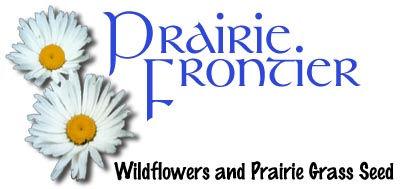
Planting Instructions
| PF Home | Prairie Grass | Mixes | Site Map | Attracting Wildlife | Planting Tips | Prairie & Plant Info | Sales |

Planting Instructions |
| When to Plant Wildflowers take more moisture than grasses to germinate. Once planted, seeds must remain moist to ensure a successful stand. Some seeds will germinate and bloom the first year, while others will not begin blooming until the second or third year. The optimum rainfall period, severity of the winter and the dormancy of the seed will determine the most favorable time to plant wildflowers and prairie grasses in your area. When planting in the spring, plant early when ample rainfall is anticipated. Seeds also may be planted all summer if they can be watered. When planting in fall, plant when anticipated warm weather is passed, so germination of seed is at a minimum. Fall planting will allow the seed to over winter and sprout in the spring. This over wintering also has the effect of breaking the dormancy that some of the native seeds display. There are risks to the wintering however, late fall rains and warm spells may allow the seed to begin germination only to be killed by the winter ground freezing. Also, the longer the seeds are on the ground, the more chance there is of them being eaten by birds and rodents. Plant wildflowers the same times as prairie grasses. Select a site that receives full to partial sun and is well-drained.
Preparing the Bed
Commercial herbicides are available that will eliminate the aggressive cool season sod-forming grasses. Round-up is the most popular. These grasses must be removed before planting a wildflower or prairie grass site.
A season of repeated tilling might be needed in some cases of heavy sod-forming grasses. Care must be taken to completely eliminate any cool season sod-forming grasses. Prior to planting the seed bed should be firm and free from clumps.
Sowing the Seed
Care after Planting
Ensure Reseeding |
| Homepage | | | Native | | | Naturalized | | | Mixes | | | Prairie Grasses | | | Sales | | | Catalog Request |
|
|
 |